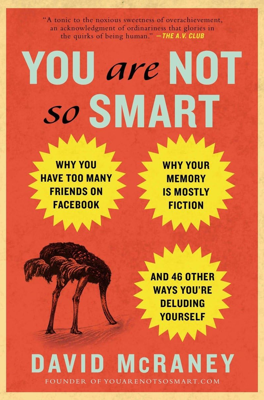The Availability Heuristic
Misconception:
You understand how the world works based on statistics and facts culled from many examples.
Truth:
You are far more likely to believe something is commonplace if you can find just one example of it, and you are far less likely to believe in something you’ve never seen or heard of before.
Availability Heuristic
- Definition: The tendency to overestimate the prevalence of something based on how easily an example comes to mind.
- Impact on Perception: You are more likely to believe information that is readily available to you, rather than abstract data or statistics.
Examples and Illustrations
- Word Recall Experiment: More words have "r" as the third letter than at the beginning, but it's harder to recall such words, demonstrating how easy-to-retrieve examples shape beliefs.
- Personal Anecdotes vs. Statistics: Hearing about a single instance (e.g., someone getting sick from a flu shot) can sway your decisions more powerfully than statistical data showing safety.
Influence of Media and Politicians
- Media Influence: News stories about rare events (e.g., school shootings) create a false sense of their frequency and risk, even when statistical analysis shows a decline in such incidents.
- Political Use: Politicians leverage the availability heuristic by sharing personal stories that sway public opinion more effectively than abstract statistics.
Research by Amos Tversky and Daniel Kahneman
- Famous Names Study: Subjects remembered famous names more easily than non-famous ones, demonstrating how readily available information becomes more prominent in decision-making.
- Lottery vs. Car Crash: People imagine winning the lottery more easily than dying in a car crash on the way to buying a ticket, despite the latter being statistically more probable.
Implications and Applications
- Decision Making: You often judge the likelihood of events based on how easily you can recall examples, leading to skewed perceptions of risk and frequency.
- Public Perception: Frequent media bombardment with certain images or stories can overshadow contradictory information, influencing public beliefs and behaviors.
